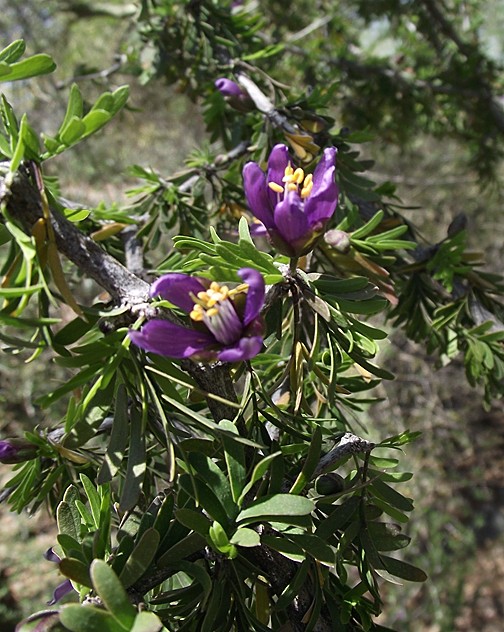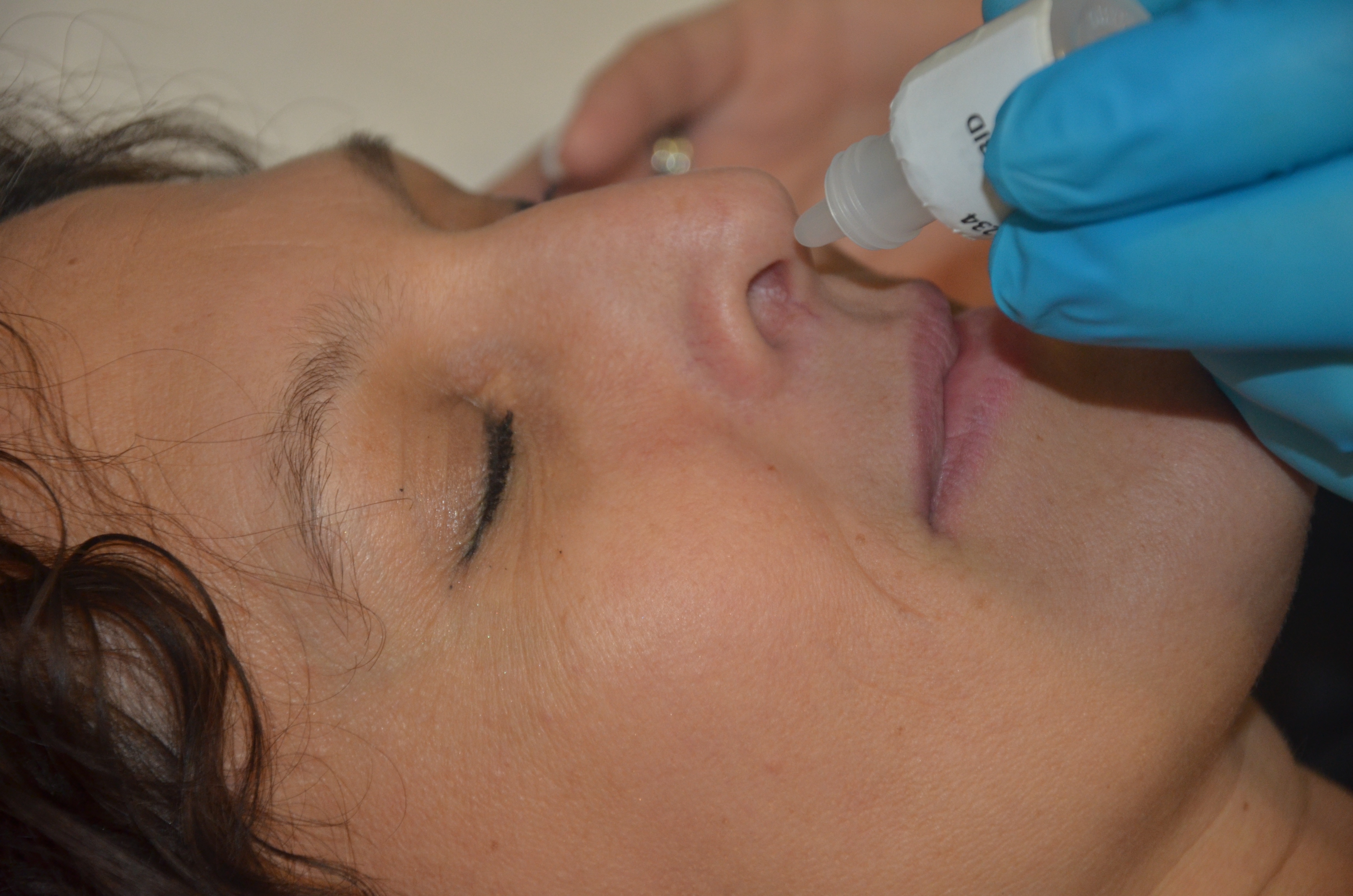|
Tincture
A tincture is typically an extract of plant or animal material dissolved in ethanol (ethyl alcohol). Solvent concentrations of 25–60% are common, but may run as high as 90%.Groot Handboek Geneeskrachtige Planten by Geert Verhelst In chemistry, a tincture is a solution that has ethanol as its solvent. In herbal medicine, alcoholic tinctures are made with various ethanol concentrations, which should be at least 20% alcohol for preservation purposes. Other solvents for producing tinctures include vinegar, glycerol (also called glycerine), diethyl ether and propylene glycol, not all of which can be used for internal consumption. Ethanol has the advantage of being an excellent solvent for both acidic and basic (alkaline) constituents. A tincture using glycerine is called a glycerite. Glycerine is generally a poorer solvent than ethanol. Vinegar, being acidic, is a better solvent for obtaining alkaloids but a poorer solvent for acidic components. For individuals who choose not ... [...More Info...] [...Related Items...] OR: [Wikipedia] [Google] [Baidu] |
Tincture Of Cannabis
Tincture of cannabis, sometimes known as green dragon, is an alcoholic cannabis concentrate. The solubility of THC in ethanol is greater than 1 g/mL. According to the European Medicines Agency (EMA) cannabis tinctures (''tincturea'') are a type of liquid cannabis extract obtained using ethanol, water, glycerol, propylene glycol and fatty oils as extraction solvents, depending on the type of tincture (and also on the solvent used) it can have a specific mass/volume ratio or a specific therapeutic agents content. Cannabis tinctures are used in the production of specific extracts, like nabiximols. History Cannabis tincture appeared in the '' United States Pharmacopoeia'' until 1942 (Australia 1977, UK 1970s). In the 20th century cannabis lost its appeal as a medicinal product, largely due to the development of apparently suitable alternatives, such as the hypodermic needle, water-soluble analgesics and synthetic hypnotics. A major concern of the regulatory authorities a ... [...More Info...] [...Related Items...] OR: [Wikipedia] [Google] [Baidu] |
Glycerol
Glycerol () is a simple triol compound. It is a colorless, odorless, sweet-tasting, viscous liquid. The glycerol backbone is found in lipids known as glycerides. It is also widely used as a sweetener in the food industry and as a humectant in pharmaceutical formulations. Because of its three hydroxyl groups, glycerol is miscible with water and is Hygroscopy, hygroscopic in nature. Modern use of the word glycerine (alternatively spelled glycerin) refers to commercial preparations of less than 100% purity, typically 95% glycerol. Structure Although chirality, achiral, glycerol is prochirality, prochiral with respect to reactions of one of the two primary alcohols. Thus, in substituted derivatives, the Glycerophospholipid#Nomenclature and stereochemistry, stereospecific numbering labels the molecule with a ''sn''- prefix before the stem name of the molecule. Production Natural sources Glycerol is generally obtained from plant and animal sources where it occurs in triglycerides, est ... [...More Info...] [...Related Items...] OR: [Wikipedia] [Google] [Baidu] |
Herbal Medicine
Herbal medicine (also called herbalism, phytomedicine or phytotherapy) is the study of pharmacognosy and the use of medicinal plants, which are a basis of traditional medicine. Scientific evidence for the effectiveness of many herbal treatments remains limited, prompting ongoing regulatory evaluation and research into their safety and efficacy. Standards for purity or dosage are generally not provided. The scope of herbal medicine sometimes includes fungal and bee products, as well as minerals, shells and certain animal parts. Paraherbalism is the pseudoscientific use of plant or animal extracts as medicine, relying on unproven beliefs about the safety and effectiveness of minimally processed natural substances. Herbal medicine has been used since at least the Paleolithic era, with written records from ancient Sumer, Egypt, Greece, China, and India documenting its development and application over millennia. Modern herbal medicine is widely used globally—especially in Asia ... [...More Info...] [...Related Items...] OR: [Wikipedia] [Google] [Baidu] |
Iodine
Iodine is a chemical element; it has symbol I and atomic number 53. The heaviest of the stable halogens, it exists at standard conditions as a semi-lustrous, non-metallic solid that melts to form a deep violet liquid at , and boils to a violet gas at . The element was discovered by the French chemist Bernard Courtois in 1811 and was named two years later by Joseph Louis Gay-Lussac, after the Ancient Greek , meaning 'violet'. Iodine occurs in many oxidation states, including iodide (I−), iodate (), and the various periodate anions. As the heaviest essential mineral nutrient, iodine is required for the synthesis of thyroid hormones. Iodine deficiency affects about two billion people and is the leading preventable cause of intellectual disabilities. The dominant producers of iodine today are Chile and Japan. Due to its high atomic number and ease of attachment to organic compounds, it has also found favour as a non-toxic radiocontrast material. Because of the spec ... [...More Info...] [...Related Items...] OR: [Wikipedia] [Google] [Baidu] |
Ethanol
Ethanol (also called ethyl alcohol, grain alcohol, drinking alcohol, or simply alcohol) is an organic compound with the chemical formula . It is an Alcohol (chemistry), alcohol, with its formula also written as , or EtOH, where Et is the pseudoelement symbol for ethyl group, ethyl. Ethanol is a Volatility (chemistry), volatile, flammable, colorless liquid with a characteristic wine-like odor and pungent taste. As a psychoactive depressant, it is the active ingredient in alcoholic beverages, and the second most consumed drug globally behind caffeine. Ethanol is naturally produced by the fermentation process of sugars by yeasts or via petrochemical processes such as ethylene hydration. Historically it was used as a general anesthetic, and has modern medical applications as an antiseptic, disinfectant, solvent for some medications, and antidote for methanol poisoning and ethylene glycol poisoning. It is used as a chemical solvent and in the Chemical synthesis, synthesis of orga ... [...More Info...] [...Related Items...] OR: [Wikipedia] [Google] [Baidu] |
Tincture Of Benzoin
Tincture of benzoin is a pungent solution of benzoin resin in ethanol. A similar preparation called Friar's Balsam or Compound Benzoin Tincture contains, in addition, Cape aloes or Barbados aloes and storax resin. The U.S. Navy stated that Compound Tincture of Benzoin was composed of the alcohol-souluble principles from benzoin, aloes, storax, and balsam of tolu. Friar's balsam was invented by the English doctor and MP Joshua Ward . Use Compound Benzoin Tincture is often applied to skin under an adhesive bandage. It protects the skin from allergy to the adhesive and makes the bandage adhere longer. It is also used by athletes for its reputation of toughening skin. Orthopedists often apply it under a cast, because it protects the skin and diminishes itching. It is also an old remedy for congested sinuses and lungs. A few drops are placed on the surface of a bowl of hot water, over which one holds one's face and breathes the steam, preferably with a towel over one's head to ... [...More Info...] [...Related Items...] OR: [Wikipedia] [Google] [Baidu] |
Castoreum
Castoreum is a yellowish exudate from the castor sacs of mature beavers used in combination with urine to territorial marking, scent mark their territory. Both beaver sexes have a pair of castor sacs and a pair of anal glands, located in two cavities under the skin between the pelvis and the base of the tail. The castor sacs are not true glands (endocrine or exocrine) on a cellular level, hence references to these structures as preputial glands, castor glands, or scent glands are misnomers. It is extracted with alcohol from the dried and crushed castor sacs for use as a tincture in some perfumesInternational Perfume Museum, Grasse, France, Website: and, rarely, as a food additive. Chemical composition At least 24 compounds are known constituents of beaver castoreum. Several of these have pheromone, pheromonal activity, of which the phenols 4-ethylphenol and catechol and the ketones acetophenone and 3-hydroxyacetophenone are strongest. Five additional compounds elicit a wea ... [...More Info...] [...Related Items...] OR: [Wikipedia] [Google] [Baidu] |
Guaiacum
''Guaiacum'' (''OED'' 2nd edition, 1989.Entry "guaiacum" in Merriam-Webster Online Dictionary ', retrieved 2013-04-30.), sometimes spelled ''Guajacum'', is a of s in the family |
Ointment
A topical medication is a medication that is applied to a particular place on or in the body. Most often topical medication means application to body surfaces such as the skin or mucous membranes to treat ailments via a large range of classes including creams, foams, gels, lotions, and ointments. Many topical medications are epicutaneous, meaning that they are applied directly to the skin. Topical medications may also be inhalational, such as asthma medications, or applied to the surface of tissues other than the skin, such as eye drops applied to the conjunctiva, or ear drops placed in the ear, or medications applied to the surface of a tooth. The word ''topical'' derives from Greek τοπικός ''topikos'', "of a place". Justification Topical drug delivery is a route of administering drugs via the skin to provide topical therapeutic effects. As skin is one of the largest and most superficial organs in the human body, pharmacists utilise it to deliver various drugs ... [...More Info...] [...Related Items...] OR: [Wikipedia] [Google] [Baidu] |
Cantharidin
Cantharidin is an odorless, colorless fatty substance of the terpenoid class, which is secreted by many species of blister beetles. Its main current use in pharmacology is treating molluscum contagiosum and warts topically. It is a burn agent, poisonous in large doses. It has been historically used as an aphrodisiac (in potions sold under the name #Aphrodisiac preparations, "Spanish fly"). In its natural form, cantharidin is secreted by the male blister beetle, and given to the female as a copulatory gift during mating. Afterwards, the female beetle covers her eggs with it as a defense against predators. Poisoning from cantharidin is a significant veterinary concern, especially in horses, but it can also be poisonous to humans if taken internally (where the source is usually experimental self-exposure). Externally, cantharidin is a potent vesicant (blistering agent), exposure to which can cause severe chemical burns. Properly dosed and applied, the same properties have also be ... [...More Info...] [...Related Items...] OR: [Wikipedia] [Google] [Baidu] |
Mercurochrome
Merbromin (marketed as Mercurochrome, Merbromine, Mercurocol, Sodium mercurescein, Asceptichrome, Supercrome, Brocasept and Cinfacromin) is an organomercuric disodium salt compound used as a topical antiseptic for minor cuts and scrapes and as a biological dye. Readily available in most countries, it is no longer sold in Switzerland, Brazil, France, Iran, Germany, Denmark, or the United States, due to its mercury content. Uses Merbromin's best-known use is as a topical antiseptic to treat minor wounds, burns, and scratches. It is also used in the antisepsis of the umbilical cord, and the antisepsis of wounds with inhibited scar formation, such as neuropathic ulcers and diabetic foot sores. When applied on a wound, it stains the skin a distinctive carmine red, which can persist through repeated washings. Due to its persistence and to its lethality to bacteria, Merbromin is useful on infections of the fingernail or toenail. In 1998, the U.S. Food and Drug Administration recl ... [...More Info...] [...Related Items...] OR: [Wikipedia] [Google] [Baidu] |
Extract
An extract (essence) is a substance made by extracting a part of a raw material, often by using a solvent such as ethanol, oil or water. Extracts may be sold as tinctures or absolutes or dried and powdered. The aromatic principles of many spices, nuts, herbs, fruits, etc., and some flowers, are marketed as extracts, among the best known of true extracts being almond, cinnamon, cloves, ginger, lemon, nutmeg, orange, peppermint, pistachio, rose, spearmint, vanilla, violet, rum, and wintergreen. Extraction techniques Most natural essences are obtained by extracting the essential oil from the feedstock, such as blossoms, fruit, and roots, or from intact plants through multiple techniques and methods: * Expression ( juicing, pressing) involves physical extraction material from feedstock, used when the oil is plentiful and easily obtained from materials such as citrus peels, olives, and grapes. * Absorption (steeping, decoction). Extraction is done by soak ... [...More Info...] [...Related Items...] OR: [Wikipedia] [Google] [Baidu] |







